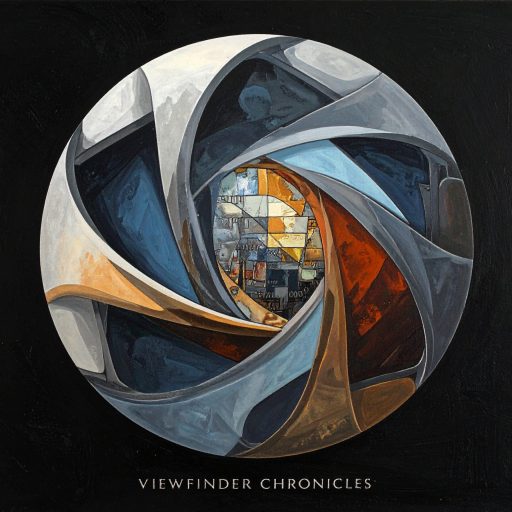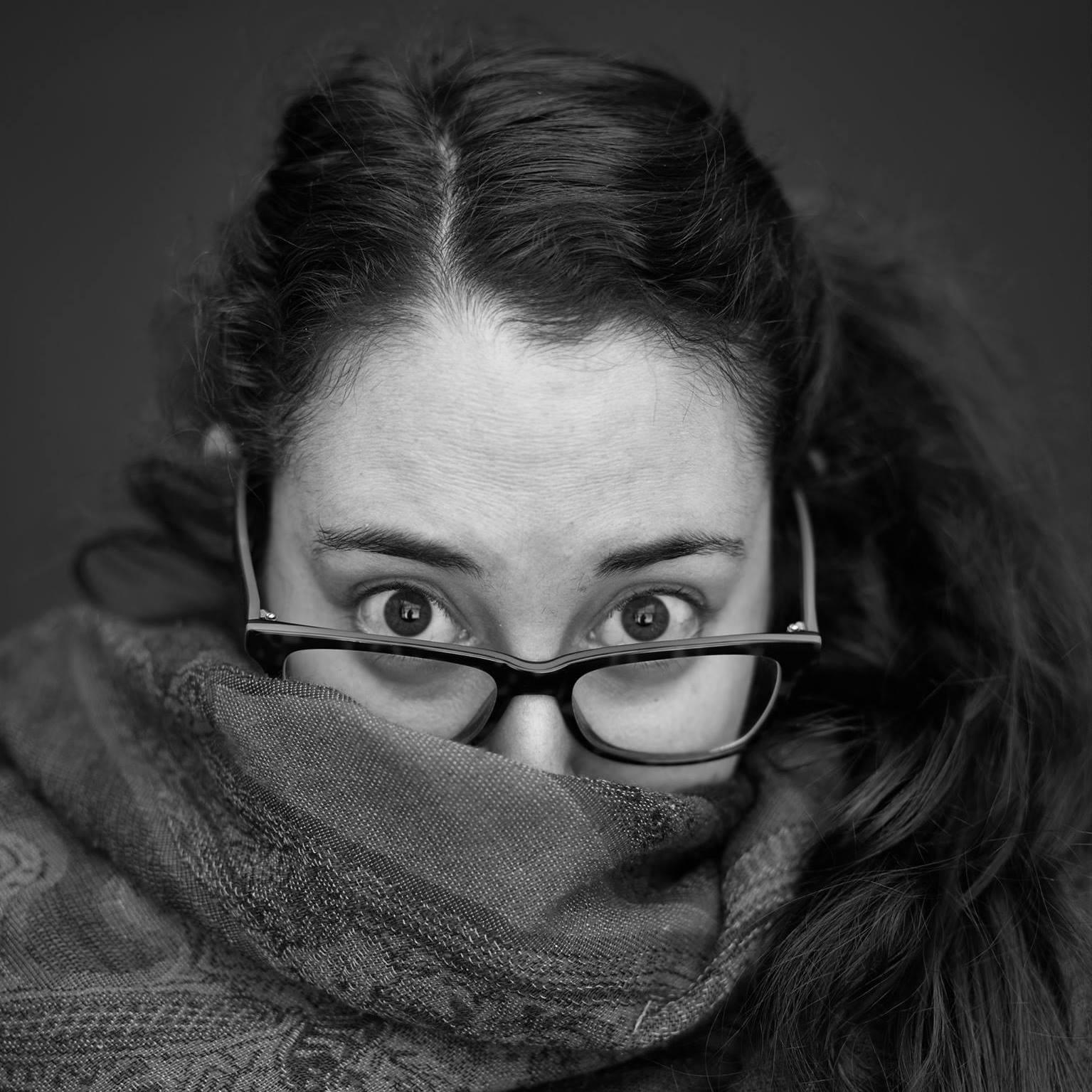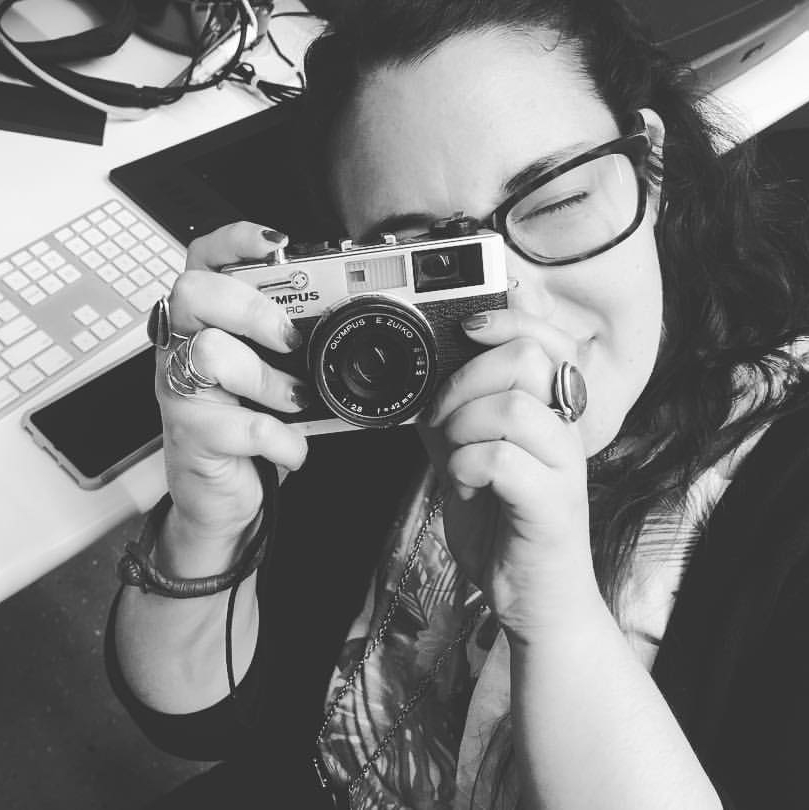
I was given the opportunity to talk with Dana Stirling, a photographer whose work I’ve been following closely. As you may recall, I was deeply moved by her book, Why Am I Sad? a piece that arrived at a time when I was grappling with my own photographic explorations into the unspoken corners of human emotion. What struck me then, and continues to resonate, is the raw, unflinching honesty of her work. It’s a collection that doesn’t just sit on a shelf, it lingers in your chest, a poetic dance between beauty and sorrow that reflects a soul settling way of seeing the world. Speaking with her, I gained an even deeper appreciation for how she transforms her deeply personal struggles into something profoundly universal.
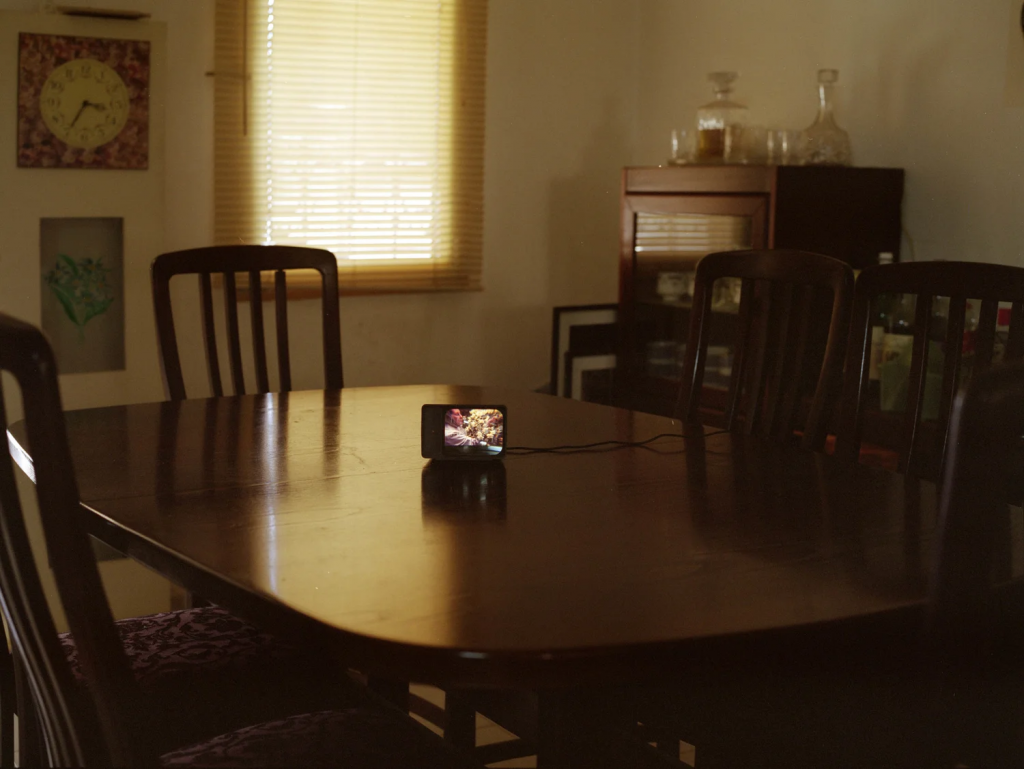
Her journey into the world of photography is as layered and personal as her art itself. It’s a path that began not in a studio, but in the quiet of her grandfather’s talent for drawing and her father’s hobby in the darkroom, a creative legacy she feels was “quietly passed down.” This early fascination led her to formally pursue her craft, earning her B.A. from Hadassah College in Jerusalem and her M.F.A from the School of Visual Arts in New York. Along the way, she found a love for analogue film, a medium she says felt like “coming home.” This commitment to the medium, combined with a desire to nurture her peers, led her to co-found Float Photo Magazine in 2014, a platform built on the simple but powerful belief in artists helping artists. Her work has been shown internationally and recognized with prestigious accolades like the NYSCA/NYFA Artist Fellow Finalist award and the Google Photography Prize.

Her work, as I’ve felt from the beginning, is an ongoing conversation with identity and belonging. Growing up as a child of immigrants and constantly navigating the space between cultures, from London to Jerusalem and then to the United States, has fundamentally shaped her artistic lens. She describes feeling like an outsider, a sentiment I’ve felt acutely myself in trying to reconcile who I am with who I am expected to be. Her photographs, particularly her use of still life, become vessels for this fractured sense of self. They are a way to chart the uncharted, often frightening, territories of the soul, raising vital questions about how we construct our identity when rootedness feels elusive.
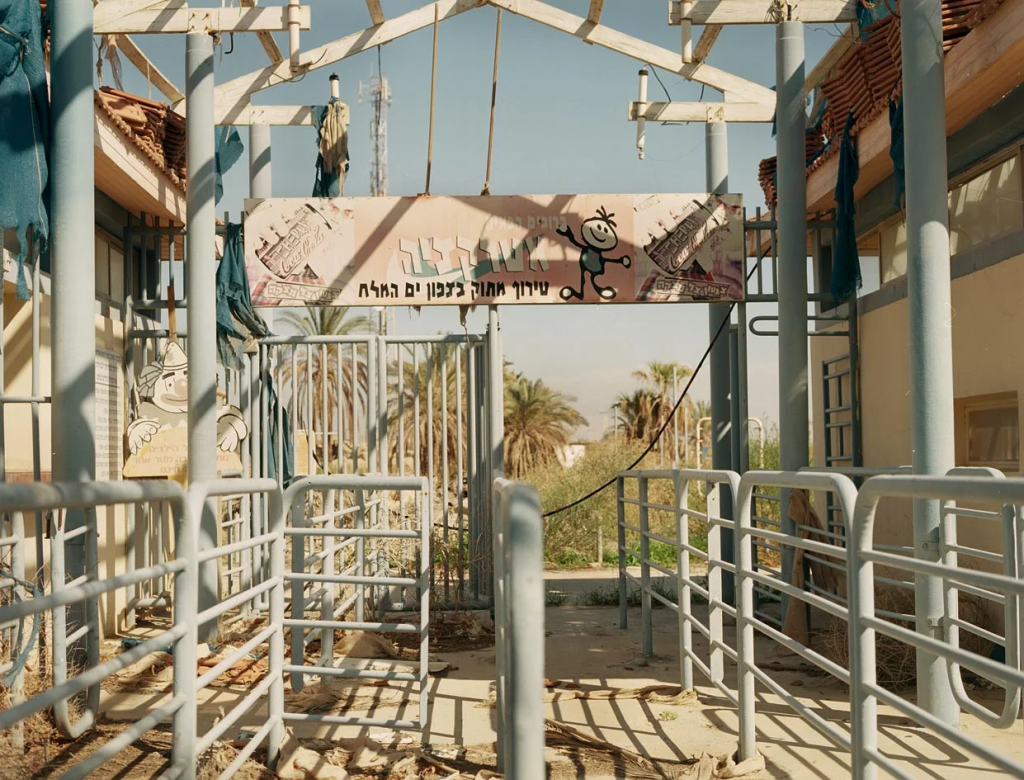
A central theme of her work is the quiet weight of inherited pain. Stirling’s accompanying text for her book, ‘Tinged with Sadness,’ explicitly reveals how her mother’s lifelong battle with clinical depression shaped her lens from childhood. It is a sentiment that cuts deep, especially for anyone who has ever felt the ripple of inherited pain through generations. This is what makes her work so powerful, it courageously confronts how the past continues to live within us, shaping our present in ways we often don’t fully see. Her photographs don’t just record memory, they re examine it, suggesting that the act of confronting these histories can lead to a quiet, profound healing.

What I find most vital about her work is her philosophy on mental health. She spoke openly about the shame that was deeply embedded in her family dynamic, a common experience for many who grow up with these struggles. Stirling’s art is a liberation from this shame, a way of creating a space where people can engage with heavy topics in a way that feels meaningful and even positive. She challenges the misconception that depression always looks the same, pointing out that it can coexist with humour and joy. Her book cover, with its distorted “Upside Down Smile” sticker, is a brilliant symbol of this duality, a reminder that behind every happy face, a trace of sadness can remain, and both are equally valid.
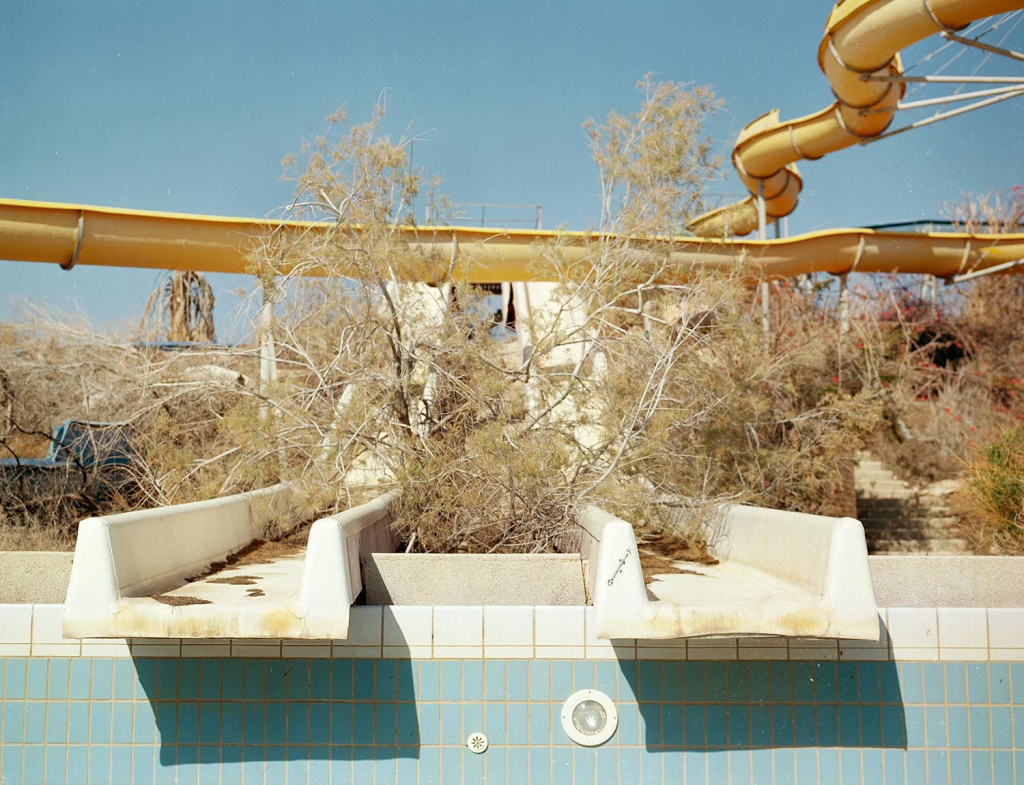
Ultimately, photography for Dana Stirling is not just a medium, it’s an essential lifeline. She spoke of how her camera became a way to articulate the inarticulable depths of her experience, a visceral act of survival. For me, as an artist who has also consistently turned to art to process my own uncertainties and navigate the murky waters of self-doubt, I see her work as a towering testament to creativity’s immense power. It proves that art can, at the very least, help us endure and find meaning and connection amidst the struggle. Why Am I Sad? is a vital contribution to the ongoing conversation around mental health and the transcendent power of the photographic medium.

Hope you enjoy the interview as much as me.
Born in Jerusalem and now based in Queens, New York, how have these two very different cultural landscapes shaped your artistic identity?
I often say that I’ve been an immigrant in one way or another my entire life. My family moved from London to Israel in 1988 for many reasons, including not feeling safe in the U.K. I was the first and only one in my family to be born in Israel—a true “Tzabar,” which means native. But even though I was born there, I grew up in a household that spoke English, with parents who struggled to adapt to the local culture and language.
Because of that, our home felt like a small British bubble inside Israel. The language we spoke, the customs we kept, even the food we ate—all of it was different from what was happening outside our front door. I grew up caught between cultures, never fully belonging to either the one inside the house or the one outside of it. That tension shaped me into a more reserved person, always negotiating where and how I might fit in.
Years later, I moved again—this time to New York City, the “big apple”—to study, and eventually to make it my home. I became an immigrant yet again. These constant shifts between cultures and geographies have deeply shaped not just who I am as a person, but also the way I see and make art. I believe we all create from the perspective of who we are, and for me, that perspective is inseparable from the experience of navigating multiple identities and never fully belonging to just one place.
When did you first pick up a camera as a child, and what were some of the earliest subjects you photographed?
I first picked up a small pocket camera in early high school. I loved carrying it everywhere with me, mostly to take candid photos of my friends. Nothing “artistic” at the time, but it became part of my everyday experience. I also started experimenting at home—photographing the backyard, small objects, and plants. Looking back, none of it was particularly “good,” but it was the beginning of my excitement about photography and the curiosity that kept pulling me deeper into the medium.
Even then, I gravitated toward still life’s—objects and plants—rather than photographing people. I never felt comfortable pointing a camera at my family members. Photographing objects gave me a private space, something I could do quietly without needing anyone’s participation or approval. It was just mine.
After high school, I remember taking a few photos around the Old City of Jerusalem on my flip phone (funny to say now). My now-husband, Yoav—who was already studying photography at the time—saw them and was surprised. He asked if I had ever considered learning photography seriously. That was when I admitted I had always been secretly interested but never thought I could actually pursue it. His encouragement pushed me to take the leap, sign up for my BA in photography—and the rest is history.
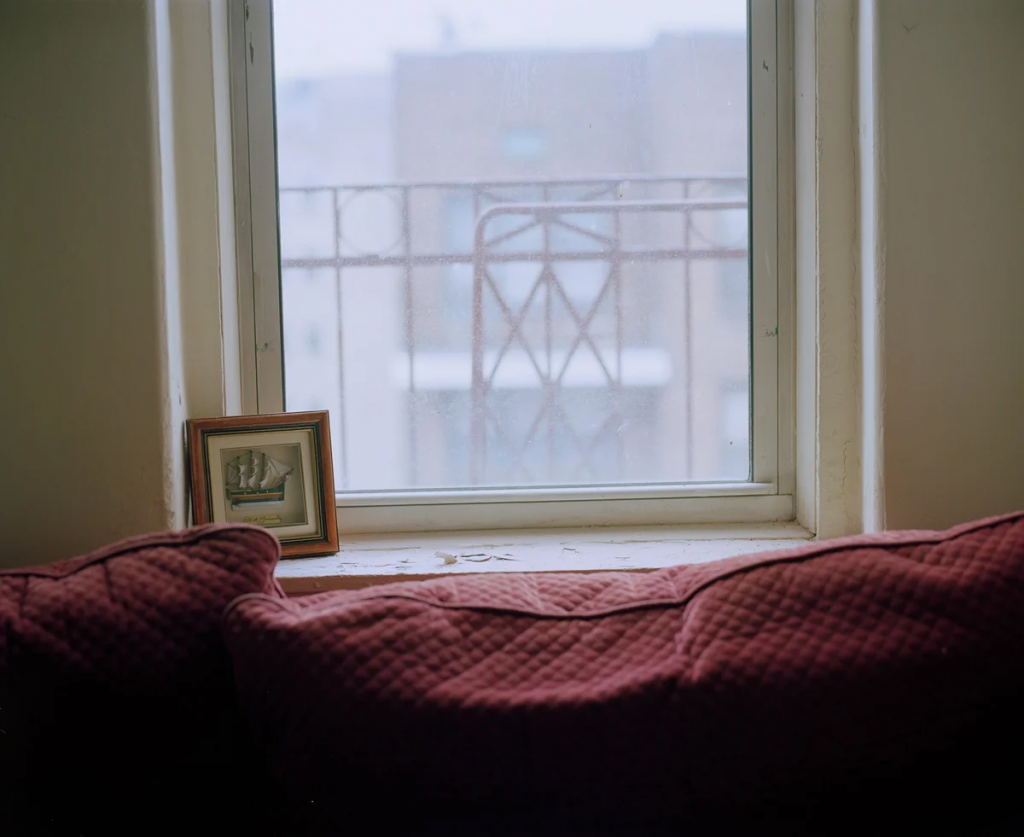
You’ve said your relationship with photography is “complicated.” Can you elaborate on the duality of it being both an escape and a burden for you?
It’s complicated because photography has always been both a lifeline and a source of pressure for me. On one hand, it’s been a huge part of how I’ve survived difficult times. I first turned to photography when I desperately needed both an escape and a way to process what I was going through. It gave me a language for my emotions and pushed me forward onto a more positive path.
But over time, photography also became tied to my anxiety. I felt this constant pressure that I had to be making work, even when my mental health made it nearly impossible. That tension—between the desire to create and the inability to do so—created a spiral of guilt and self-doubt. Even now, I think about photography every day, and almost every day I feel the weight of not photographing “enough.”
When I do make images, I bring all that history and emotional baggage with me. It’s never just taking a picture—it’s navigating the weight of my own expectations, my struggles with depression, and the role photography has played in my life. So, it’s a push and pull photography saves me, but it also burdens me. That duality is complicated, but it’s also what gives my work its depth.

You studied at Hadassah College in Jerusalem and SVA in New York. How did the different photographic approaches of these two institutions influence your style, what was the most transformative lesson you learned about photography?
One of the most valuable things I took from my undergrad at Hadassah College was the fact that during the entire first year, we only worked with black-and-white film in the darkroom. I started with 35mm and then moved to a Bronica medium format (6×4.5). To be honest, I never loved the darkroom process itself—but it taught me an essential lesson. Every time I developed an image, I realized how gray and flat it looked. That frustration forced me to pay attention to light in a new way—how to really see it and shape it so the photograph could come alive. Even though much of my work from that year looks flat in hindsight, that experience gave me one of the most crucial lessons I’ve ever learned, and it has stayed with me ever since.
By my second year, we were finally allowed to use color (and digital), and I immediately fell in love with color negatives. Color gave me a richness and emotional layer that I had been missing in my work. From that point on, I never went back to black-and-white—it just didn’t feel like my language. So, while I didn’t enjoy the black-and-white process itself, that foundation was absolutely essential to how I see and use light and color today.
At SVA, my MFA experience was less about technical skill and more about learning to trust myself as an artist. There was sometimes pushback about my use of both my own photography and archival snapshots—people didn’t always understand or value the combination. Having to defend that choice forced me to articulate why it mattered to me and to stand by my own intuition. That was transformative: I grew more confident in both my work and in myself, realizing that my vision doesn’t have to be universally understood to be valid. That shift—toward self-trust and self-belief—was just as important to my growth as any technical lesson.
There really isn’t a strict process for me. I’ve learned over the years that whenever I photograph out of a sense of obligation—because I feel like I should take a picture—the results are almost always disappointing. And honestly, seeing a developed image that feels empty or meaningless is more heartbreaking to me than not taking a photograph at all. So, I’d rather wait and only press the shutter when I truly feel a spark—when something pulls me in and I sense there’s a connection worth holding onto.
Working with analog film naturally slows things down, too. The limitations of film—the cost, the finite number of frames, the delay before seeing the results—force me to be more intentional, but I don’t see that as a restriction. It actually aligns with who I am as a person: more deliberate, more reflective, never in a rush to grab at everything.
So much of my practice is about paying attention, letting the moment arrive rather than chasing after it. It’s less about waiting for the “perfect shot” and more about staying open, letting myself be surprised by what resonates. That slower rhythm not only suits my personality, but it also gives my work a kind of honesty—because each image comes from a genuine impulse, not from pressure or performance.
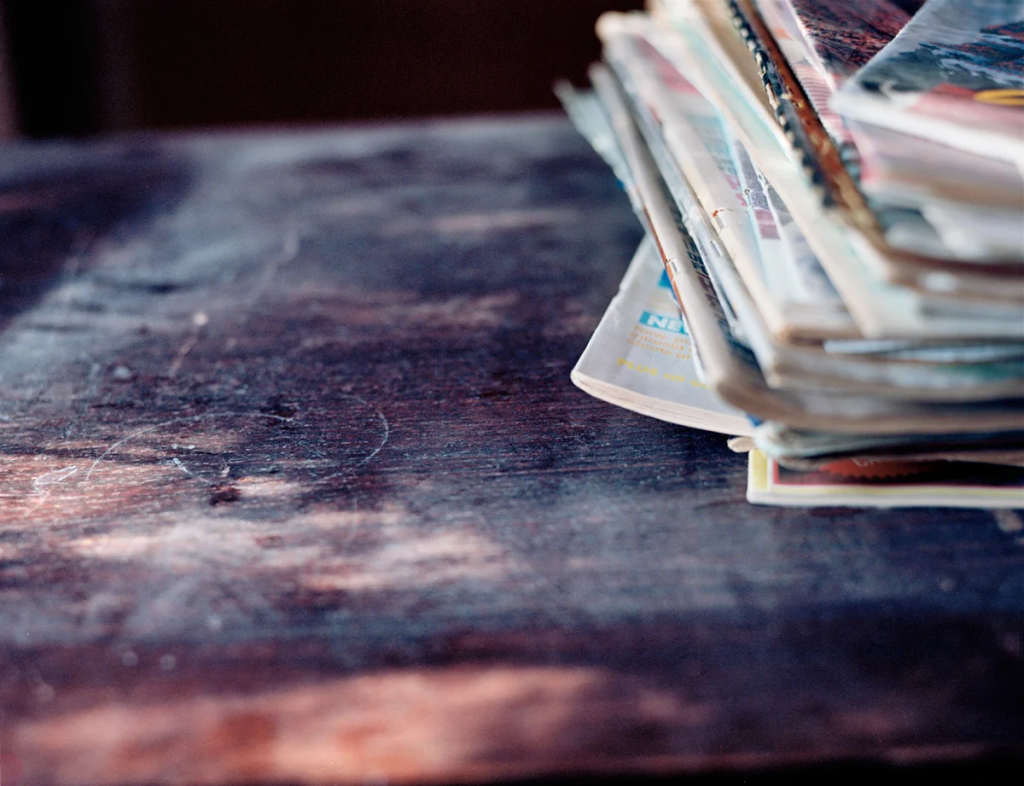
You use a minimalist setup—a Mamiya RZ67 with one lens and one film type. How does this simplicity help you focus on the image itself, and what is it about this specific camera/lens combination that you love and have you got a digital that you use at all?
For many years, I really did work with just one lens—the 110mm on my Mamiya RZ67—and nothing else. It wasn’t originally a conscious artistic choice; it was more practical. I couldn’t justify spending money on more equipment, so I made do with what I had. But over time, I realized how much I valued that simplicity. Only in the past year have I added two more lenses, and that was mainly to give myself a bit more flexibility in situations that were technically more restrictive or challenging.
What I love about it was how perfectly it fits the way I see. I tend to photograph in a very straightforward way: I place myself directly in front of the object, often centering it, isolating it, and letting the frame be quite direct. That lens allowed me to do exactly that. I never thought of myself as a technical photographer, and in many ways, keeping my gear simple is about protecting my attention. I don’t want to be distracted by settings, choices, or endless options—I want to be fully present with the image itself.
The most important part of my process, though, is the Mamiya’s waist-level viewfinder. Looking down onto that dusty ground glass, seeing the world inverted and framed, allows me to slow down and really compose. With the camera on a tripod, I can adjust the frame carefully without worrying about shaky hands. That physical act of looking down into the camera—almost like peering into a small world—helps me find the exact place where the image feels right.
As for digital, I do use it occasionally, but only for very specific situations—mainly commercial or for my day job. For my personal work, though, film and the RZ67 remain the heart of my practice. The slowness, the weight of the camera, the way it demands attention—all of that shapes the kind of images I want to make.
What makes a good photograph in your mind?
It’s hard to define exactly, because photography is so subjective. For me, a good photograph is one that makes you pause and really look, that sparks curiosity and invites you to wonder about the story behind it. Of course, elements like light, contrast, and color are important—not for their own sake, but as tools to shape the image and give it life. At the end of the day, a good photograph is one that truly resonates with the artist, one that you love and feel connected to.
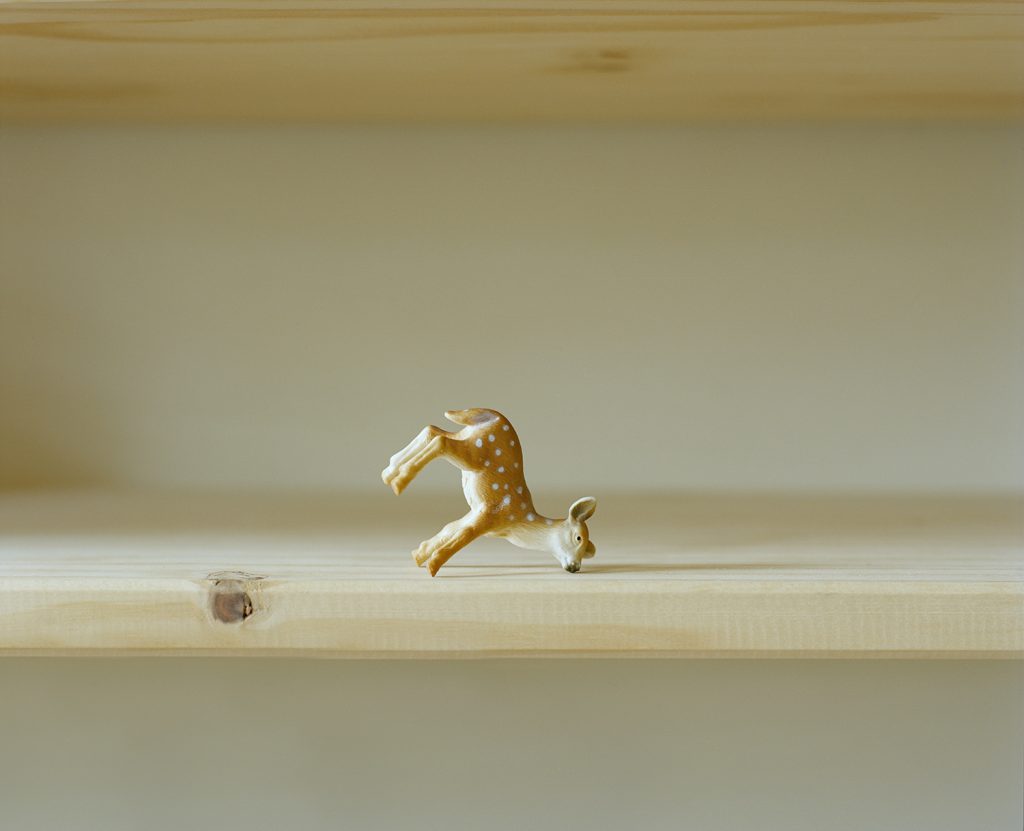
You are the Co-Founder and Editor-in-Chief of Float Photo Magazine. How does the act of curating and supporting other artists’ work influence your own photography and how did the start of it come about and you’ve mentioned that many people in the industry know you as an editor but not as an artist. How do you navigate that duality?
Float started in our tiny apartment, back when my husband and co-founder Yoav Friedlander and I were navigating a world full of gatekeeping, “no’s,” and obstacles as young artists trying to find our footing. One night, sitting on our bed and talking—half ranting, half dreaming—the idea came to us: why not create something ourselves? Something that could be better, more open, more welcoming—a place where artists like us might find a home, a first step, the support that we had once received from others.
At its core, Float is for the underdogs. It’s a community built around a shared love of photography, a space where emerging voices are celebrated and given room to grow. Since launching in 2014, the art scene has changed a lot, but we’ve stayed true to our mission: to be inclusive, open-minded, and, above all, accessible and affordable. Float is a passion project—a place meant to inspire, to spark collaboration, and to connect artists with one another.
Along the way, I’ve met incredible people and built meaningful connections, and while Float has opened doors in terms of networking, it hasn’t handed me personal success on a silver platter. Everything I’ve achieved as an artist has come from hard work, persistence, and collaboration with peers. Many people know me because of Float, but they don’t always recognize me as an artist—an interesting dynamic, but one that never bothered me. I never started Float for personal gain. I started it to celebrate others, to create a community, and to give back to the artists who inspired me.
Float is a labor of love, a reminder that art thrives when it’s shared, supported, and nurtured—and that even small beginnings can grow into something meaningful.
What is one piece of advice you’d want them to take away about finding personal meaning in the photography they see every day?
I’d tell them that finding personal meaning in photography is about slowing down and trusting your own perspective. Don’t worry about whether an image perfect—pay attention to what draws you in, what sparks curiosity, emotion, or memory. The photographs that stay with you are the ones that resonate on a personal level, that make you pause and notice something you might otherwise miss. Let your intuition guide you, and remember that meaning isn’t always obvious at first glance—it often unfolds the longer you look
Find her at the following places online:-
- Website – https://www.danastirling.com/
- Instagram – https://www.instagram.com/dana_stirling/
- Facebook – https://www.facebook.com/dana.stirling.9
Regards
Alex
